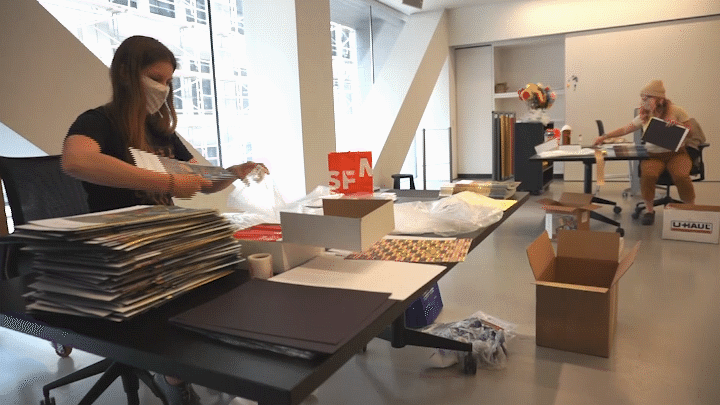
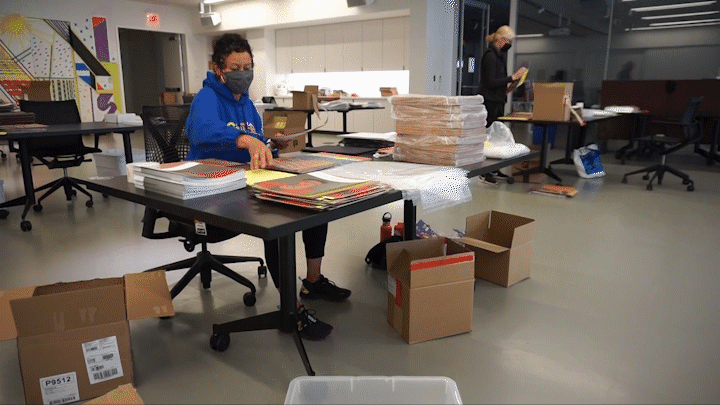


Mary Biggs was holed up inside SFMOMA’s Koret Education Center on September 9, the day a spate of wildfires turned Bay Area skies orange. Yet rather than stare out the window, as she was tempted to do, the program associate turned her attention to the tables in front of her: there were 3,000 art kits to finish for the San Francisco Unified School District.
For Biggs, the project’s looming deadline was a welcome distraction, and it was also an important trial balloon for her department. The Education staff (and museum and the world) had broadly pivoted to online experiences following the pandemic, but the art kits offered a rare opportunity to provide something analog and tangible — something to offset growing digital fatigue. Assembled by hand, each kit included basic material — construction paper, pencils, glue – along with instructions to create self-portraits inspired by Frida Kahlo, collages inspired by Romare Bearden, or cool-toned landscapes inspired by Georgia O’Keeffe. The Education team hoped they’d be welcomed by San Francisco students grappling with remote learning, cabin fever, and uncertainty about the future.
“This is our way to reach children at a time when field trips to the museum aren’t possible,” Biggs said that day. “Even though it is tedious work, and it does take time, it’s actually giving them something in hand. I’ll keep making them for as long as someone wants them.”
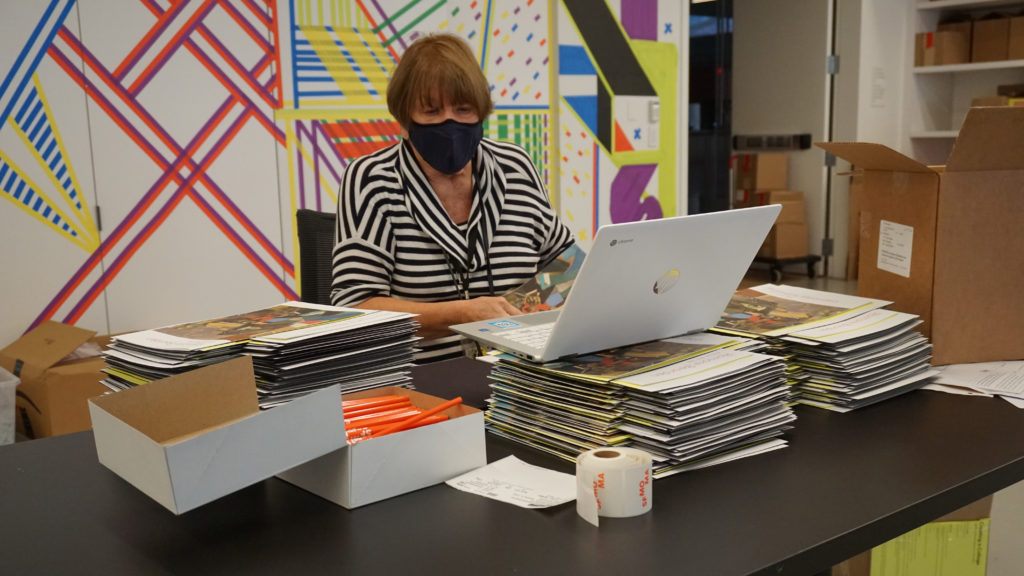
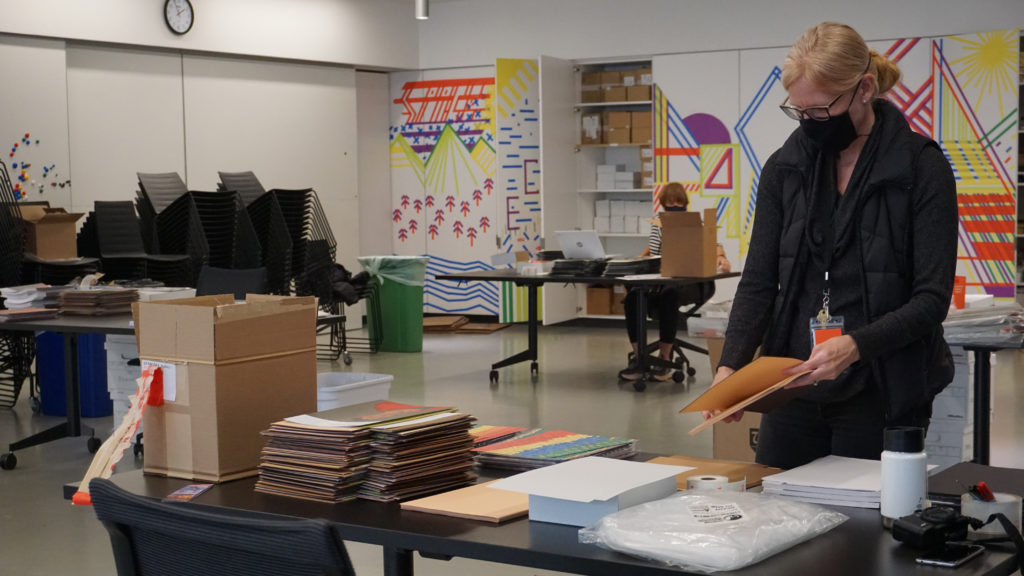


Want them, they did. The trial balloon quickly became one of the museum’s most popular offerings. February marked the completion of almost 9,000 kits, reaching approximately the same number of elementary students who visit the museum on guided tours each year. Julie Charles, the Deborah and Kenneth Novack Director of Education, spearheaded the effort, with crucial help from colleagues including Biggs, Rachel Barron, Petrina de Chalus, Tamara Porras, Amy Lange, Kaeleigh Thorp, Stella Lochman, and Claire Bradley. Every 3rd–5th grade student in 41 district schools received the kits, including 13 “PITCH” schools — those where students of color experience the widest opportunity gaps. Along with SFUSD, the San Francisco Department of Children, Youth and their Families picked up a couple thousand kits, as did the San Francisco Public Library for its Bookmobile sites.
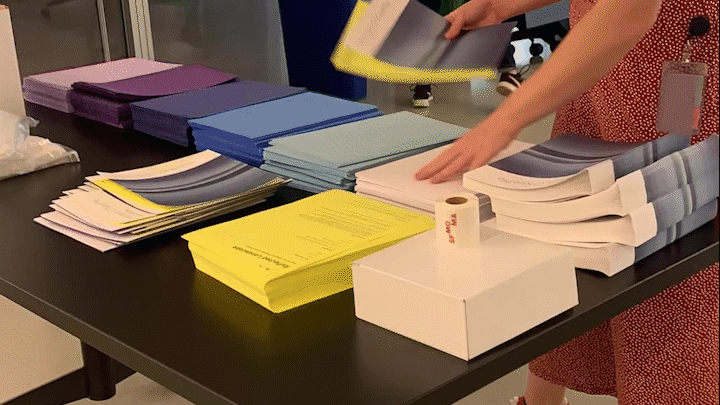
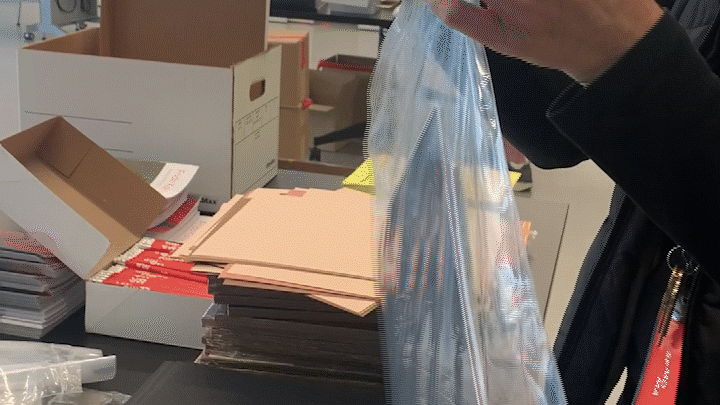


“Many of our families struggle with internet access and capabilities,” said Samuel Bass, director of SFUSD’s Arts Department. “The hard copies ensure our most underserved students have the art supplies they need at home, so our amazing visual art teachers can continue the standards-based art curriculum that our students need so desperately.”
Charles said the kits’ success is a reminder of how important it is to continue crafting offline experiences for the community, even during the pandemic; highly produced virtual events that generate headlines and accolades shouldn’t replace quieter, hands-on work. The idea for the kits, she said, originated from conversations she had with administrators, educators, and parents, who needed a way to get supplies to students who’d typically be sharing in a classroom. “The kits seemed like an opportunity to ensure that students have the supplies they need, not only for arts instruction but for other subject area projects as well,” said Charles.
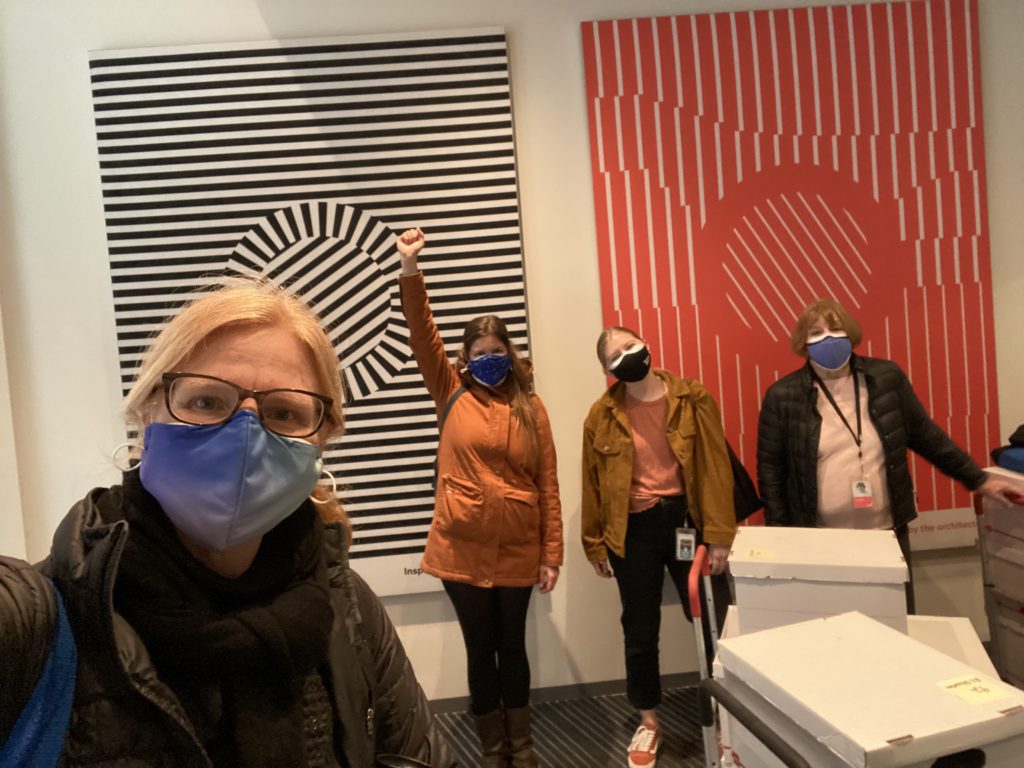
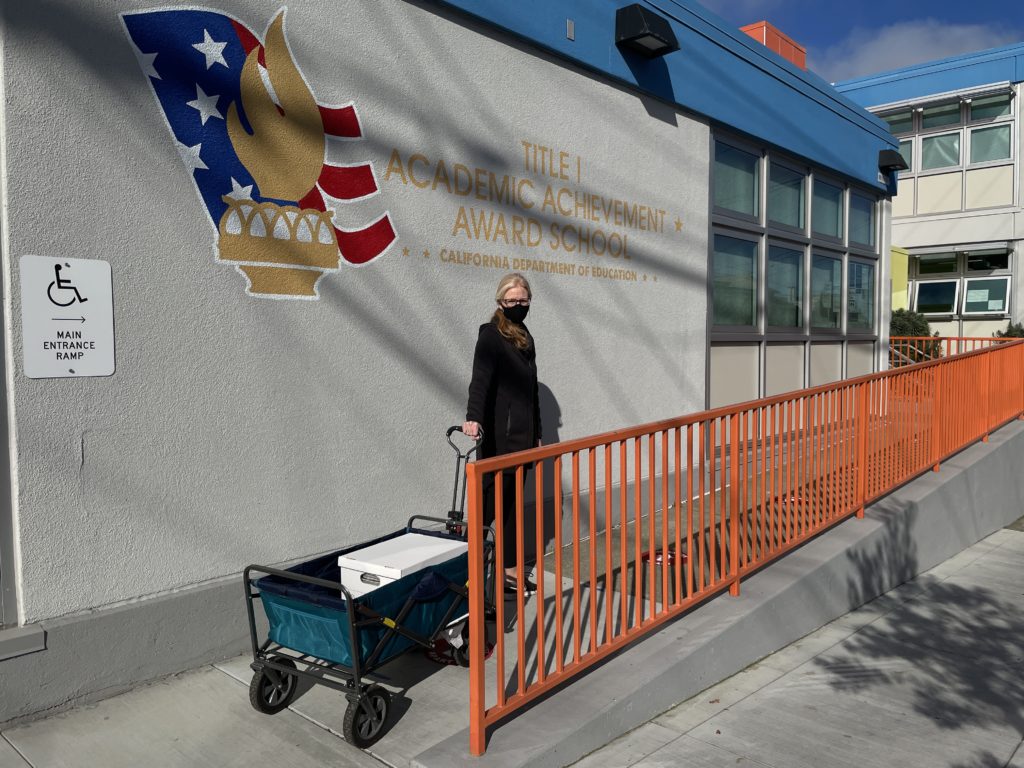


Though the kits have been a focus, the Education team did make the decision to parallel track analog and digital early in the pandemic. When Charles and her team weren’t working in socially distanced corners, bundling construction paper, instructions, and pencils, they were adapting a trove of on-site activities to the digital realm. The art kits’ core components — an artwork guide and step-by-step instructions — are available for download, along with scores of other materials added to the site post-closure. Those proved popular, too. In the first three months of shelter-in-place, art activities were the most-searched resource on the site, earning an average of 380 percent more page visits.
The team also developed a few highly produced events, like the ongoing Teacher Workshops and the monthly Second Sunday series with the San Francisco Library, where art kits come back into play: the series’ animated videos focus on the art projects included in the kits, so students have visual aids if they need help completing them. “It all works together,” Charles noted. “Finding the right balance between in-museum and in-class or at-home learning experiences will be at the center of how we think about SFMOMA’s educational offerings ahead.”
And, though assembling nearly 9,000 kits into individual bags may not sound like stimulating work, colleagues found sheer joy and excitement in seeing one another. One new hire saw coworkers in person for the first time, while longtime friends enjoyed a socially distanced reunion. “When I saw one of my colleagues, whom I’ve worked with for 15 years, we stood on either side of the glass wall in the Education Center and gave each other a high-five,” Charles said.
Biggs, too, described kit production as something she looked forward to on gloomy days — and even that alarming orange one.
“It’s so nice to be with other people — even with masks and six feet apart and all that — doing something that we know will reach the students,” she said. “I can’t tell you how much I enjoy it…I would do it again in a heartbeat.”